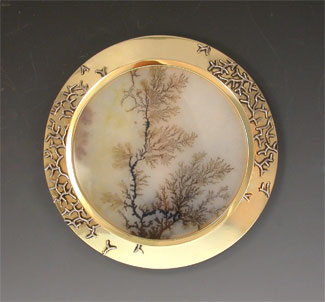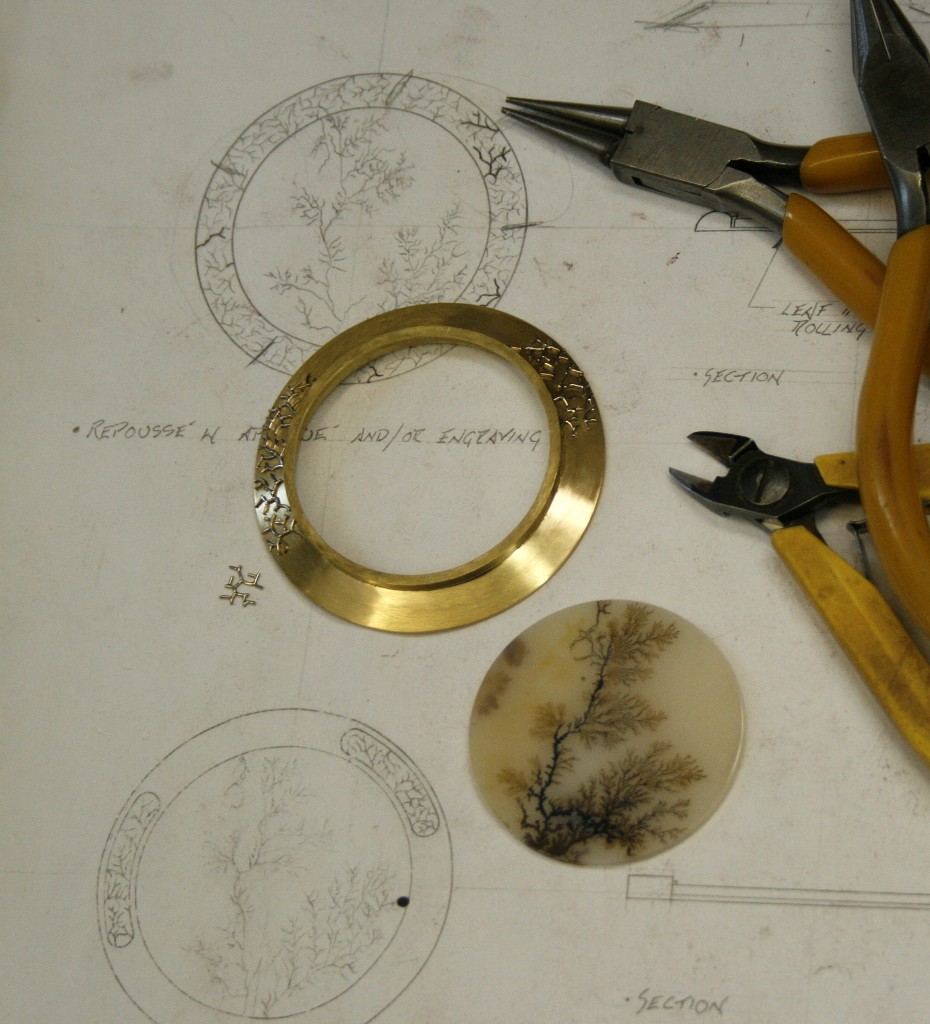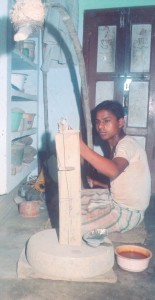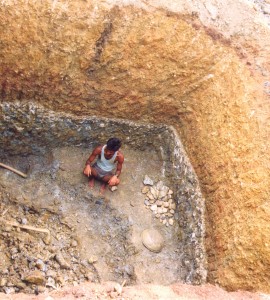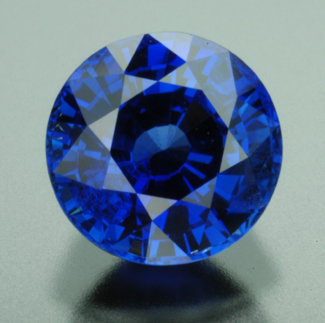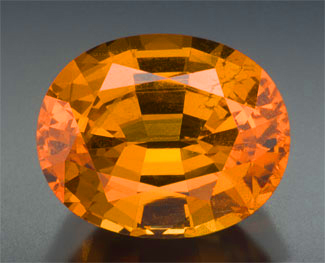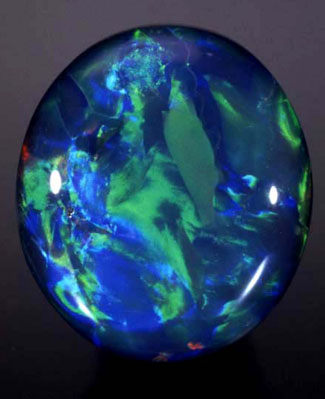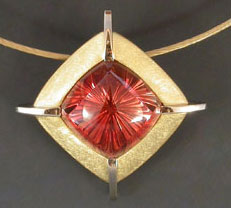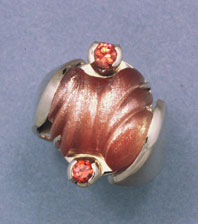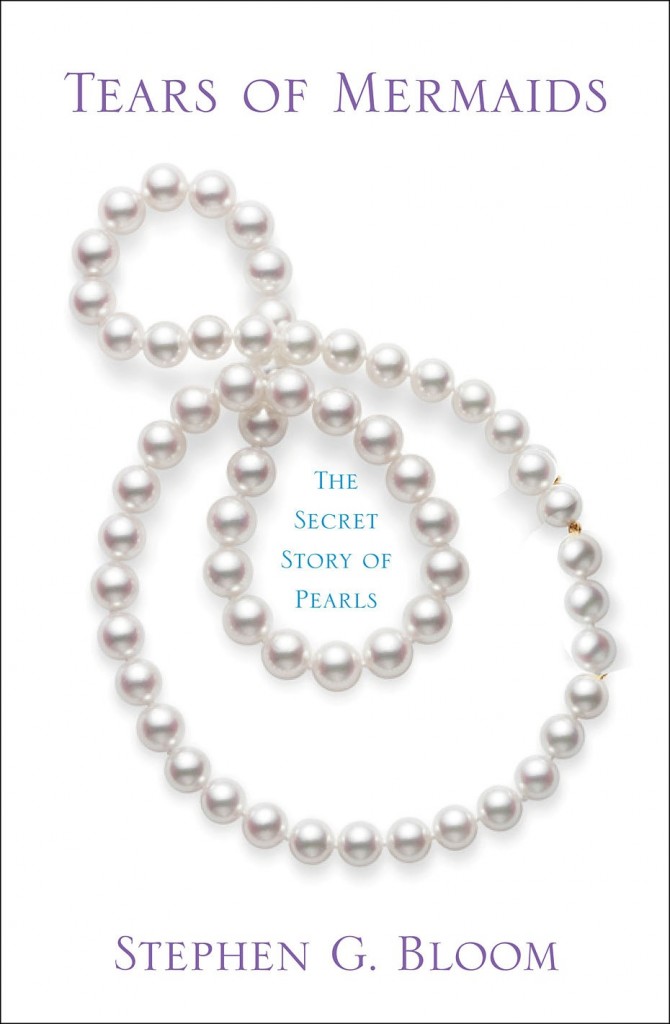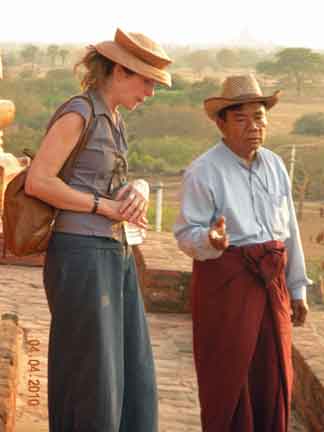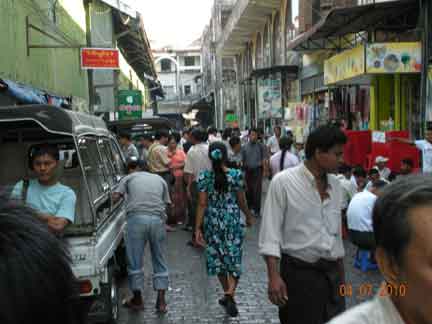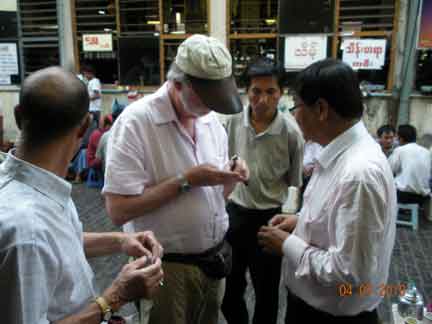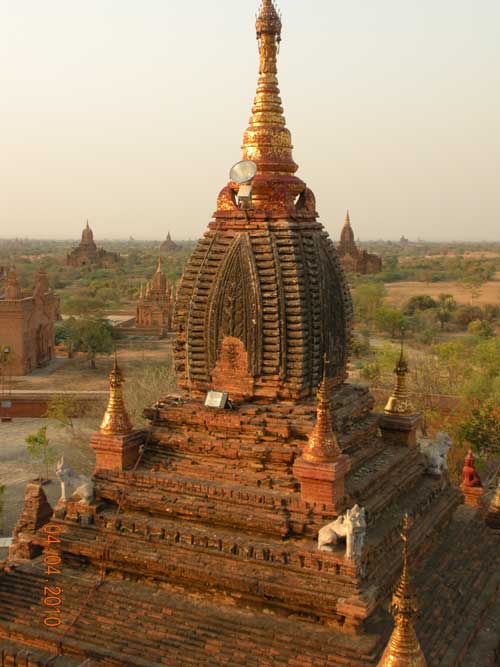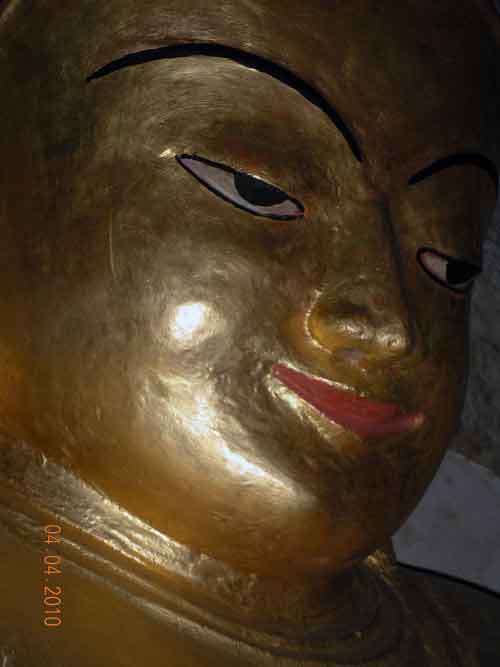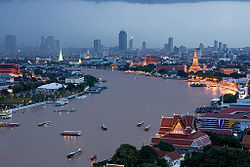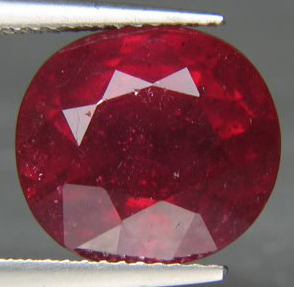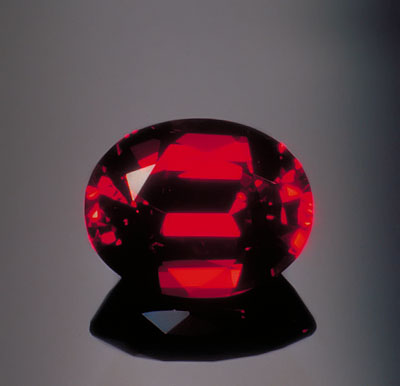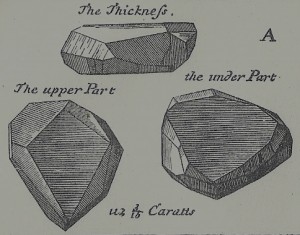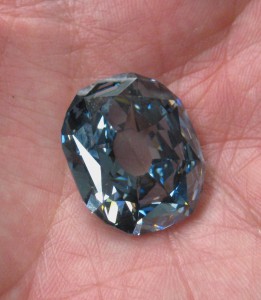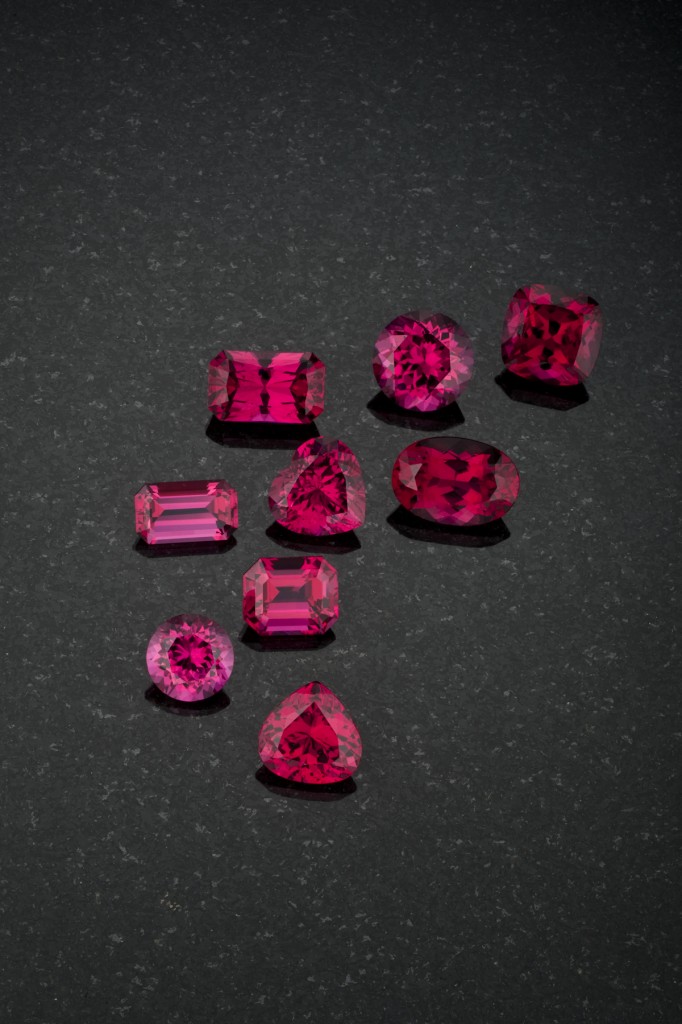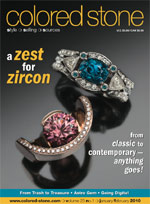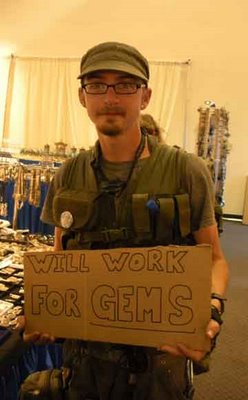by Richard W. Wise, G.G.
© 2010
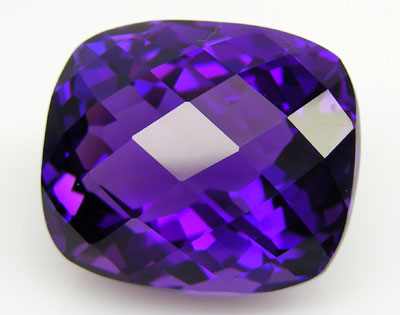
A lovely example of Zambian amethyst, note the red flashes at 6 and 12:00 oclock. The alternating zones of purple and blue deliver a particularly velvety color
Quartz is as common as dirt. At 12% it is the most abundant mineral in the earth’s crust and the primary component of ordinary dust. Quartz is extremely stable and unlike other mineral components of the earth’s upper layer does not easily break down.
Amethyst is purple quartz, but despite the relative abundance of the mineral, exceptional fine rich purple amethyst, commonly called Siberian or deep Siberian color is extremely rare. In Medieval times, there were two distinct varieties of gemstones bore the name. t Oriental amethyst, was actually purple sapphire and Occidental amethyst, the quartz gem that bears the name today. Amethyst has seesawed in value over the centuries, today the finest of the fine might command $100 per carat at a high end jewelry store, in 1652, Nicols declared it to be of equal value to a diamond of the same weight.
I am not sure where the term Siberian originated and exactly how it became associated with the finest color in amethyst. The usual reason why a specific locality gives its name to the finest quality of a given gemstones, (Kashmir sapphire, Burma ruby and Paraiba tourmaline) is because the region is known to produce a particularly fine quality. This is not the case with “Siberian” amethyst. The fact is that for the past two centuries, the finest amethyst has come from Ceylon and Brazil (Streeter 1879)
Siberian amethyst is found in the Ural Mountains, with deposits outside the town of Mursinsk near the city of Ekaterinburg. Amethyst has been mined in this area since at least the 18th century and probably earlier. Sampling amethyst from mines active in this area in the 1830s, Gustav Rose, geologist with the famous Humboldt expedition (1837-1842) makes the following comment. “The Mursinsk amethyst at times is very dark violet-blue surpassing that from Ceylon but mostly it is pale violet-blue (purple) or spotted and striped (zoned).” John Sinkankas, who edited Rose’s text, calls this a “refreshing reappraisal” of Siberian amethyst and points out that Rose apparently held amethyst from Ceylon in the highest regard. In 1900, the great German gemologist Dr. Max Bauer make the identical point adding only Brazil as a source of the finest examples of amethyst. It is important to note that both these celebrated experts were able to view samples from actual working mines. Other writers (Farrington 1903) identify Siberia as a major source for amethyst in the U. S. but this is contradicted by Streeter, Kunz and G-H Herbert Smith, whose popular Gem-Stones was, perhaps the most popular general book on gemstones in the 20th Century went through 14 separate editions between 1913-1972.
Up until the 1990s the primary world source for amethyst were the Brazilian mines at Pau d’Arco, Rio Grande do Sul and Marabá. (Epstein 1988). Pau d’Arco located in the Brazilian state of Para was discovered in 1979 and was known to produce a rich sometimes over saturated purple, which often exhibited the much desired red flash in incandescent light. The other two sources produced a lighter brighter hued gem. This writer saw large parcels of amethyst, often hundreds of carats, from all these sources available for sale in the gem market at Teofilo Otoni during this period.
In the 1950s a new location of exceptionally fine gem material was located in Zambia in a 15 x 30 km belt, trending northwest in the Mwakambiko hills of the Mapatizya area of Zambia. This material, a medium dark royal purple has become famous for its dark blue zones which add a velvety “royal” quality to the face up color much as a bit of purple does in the higher qualities of sapphire. If one deposit were to be identified as the acme of amethyst it would be this one.
I was first introduced to the rough material in 1990. Much of it was being smuggled into Nairobi, Kenya. I had a good chance to examine the rough at that time and purchased several kilos. The rough was a uniform deep purple of 80-85% tone with deep blue zones running through it. Cut into gems it faced up with rich velvety slightly bluish purple and in incandescent light, the diagnostic red flashes and occasionally almost blue flashes of scintillation that are the hallmark of deep Siberian quality. Mining activity continues in Zambia but the major strike of exceptional material was mined out in the mid 1990s and a few gems cut from old rough are occasionally seen in the market.

